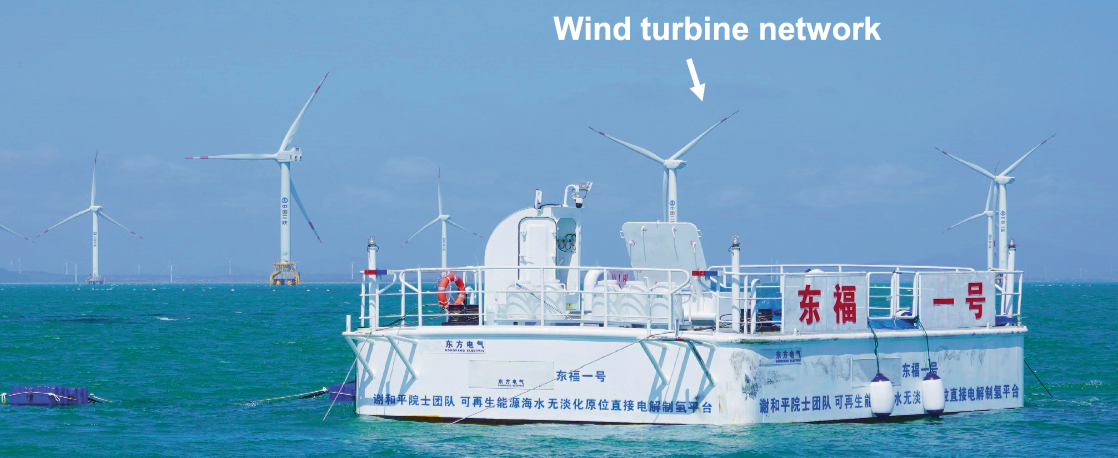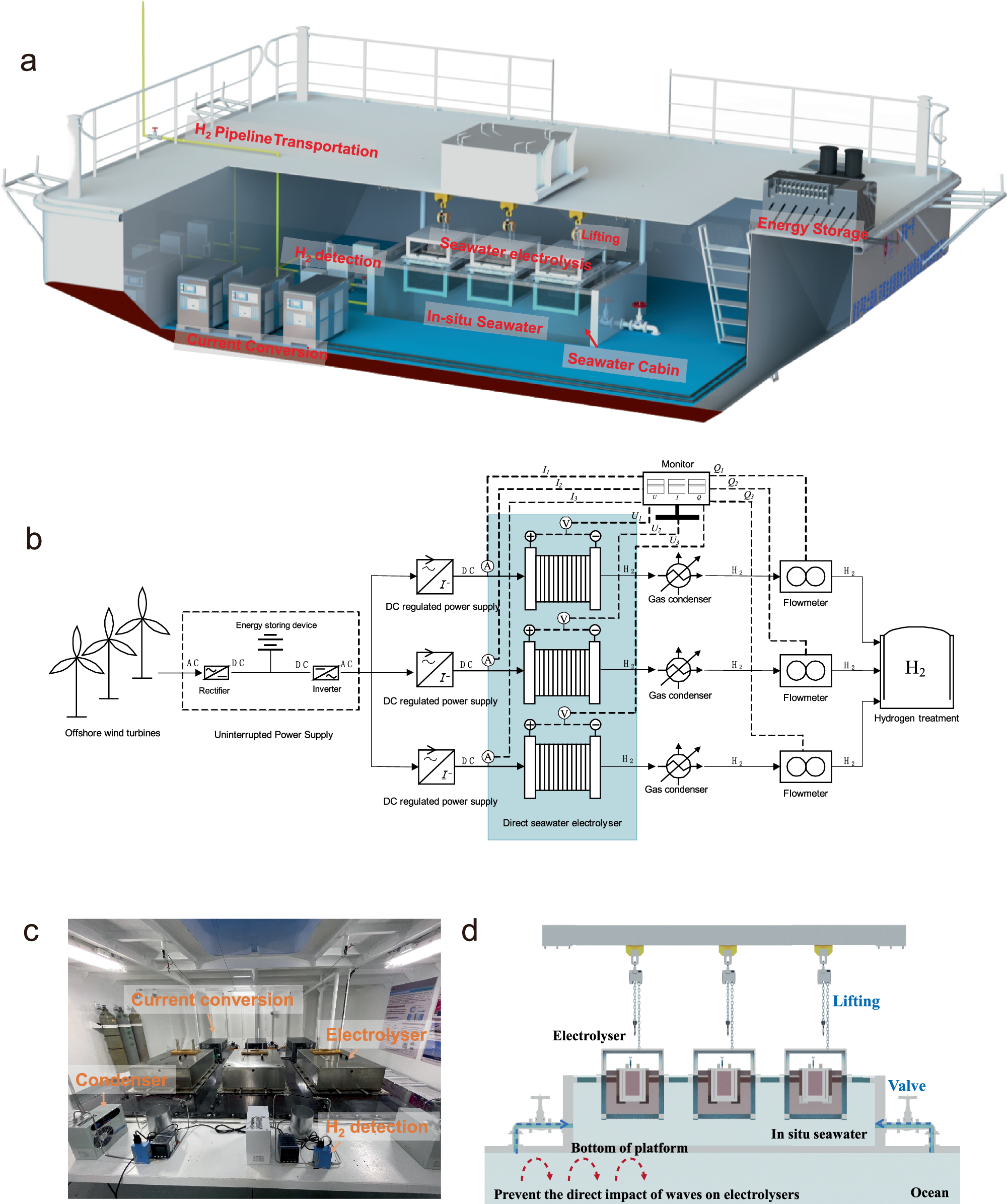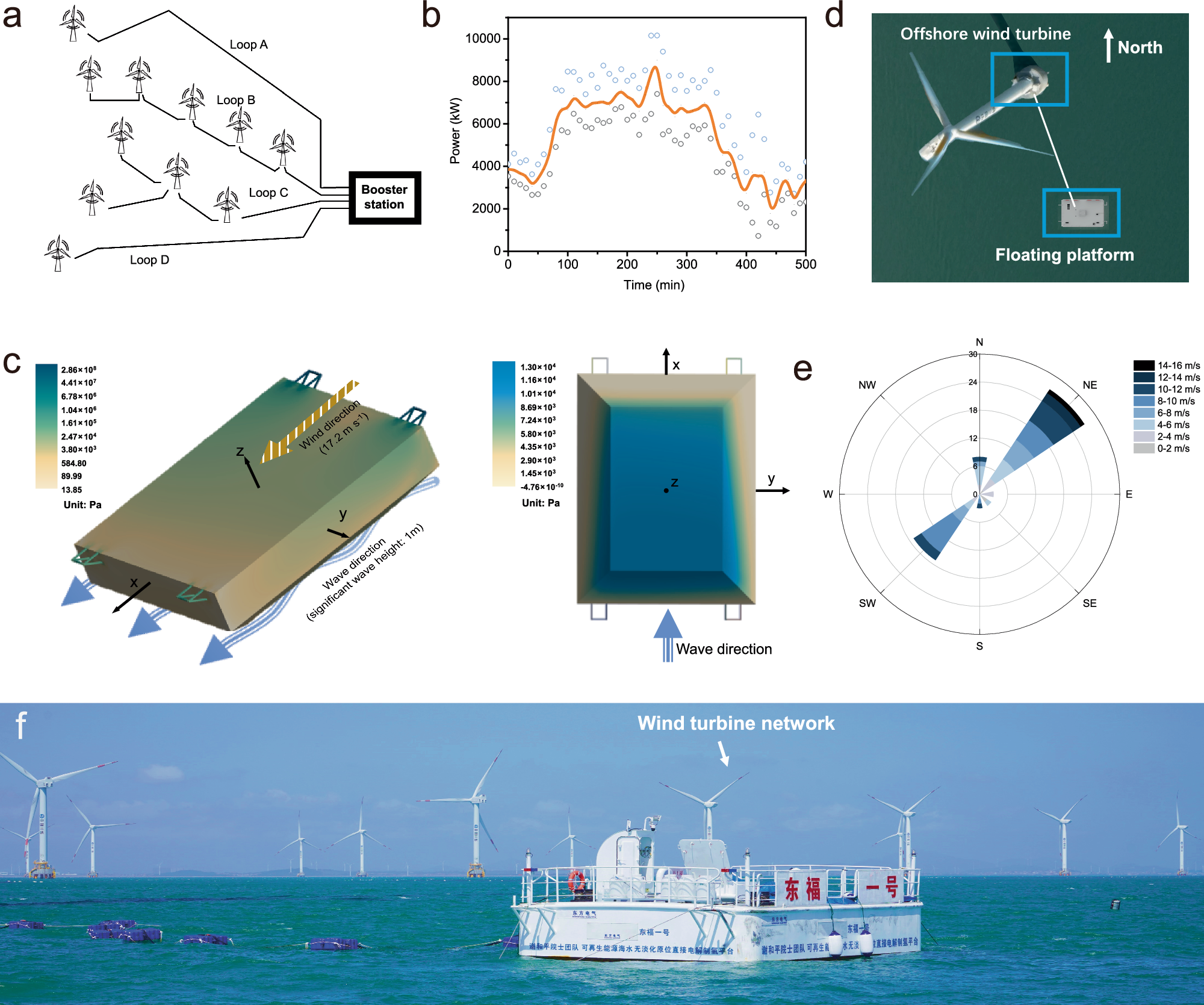China Leads the Way From Ocean Waves to Clean Hydrogen Fuel

Brace yourself for this mind-blowing concept: we can now produce hydrogen straight from the boundless oceans, harnessing the power of renewable energy sources like offshore wind!
Scientists from China’s Shenzhen University and Dongfang Electric (Fujian) Innovation Institute have achieved an incredible feat by developing a method called direct seawater electrolysis, which allows us to produce hydrogen directly from the vast oceans using renewable energy sources like offshore wind power.
Imagine the immense power and untapped potential that lie within our vast oceans, which cover more than 96% of the Earth’s water storage. With direct seawater electrolysis, we can tap into this colossal resource, extracting hydrogen—a clean, versatile fuel—right from its depths. It’s like having an infinite supply of energy waiting to be unleashed!
But here’s where the brilliance truly shines: scientists have ingeniously integrated this technology with offshore wind power. We all know that offshore wind farms hold tremendous renewable energy potential, but effectively utilizing that energy has been a challenge. By combining the might of the ocean waves with direct seawater electrolysis, we can now convert offshore wind power into hydrogen energy on a mind-boggling scale.
Direct hydrogen production from seawater using renewable energy sources, such as offshore wind power, has long been hailed as a potential solution for achieving a sustainable energy industry. While laboratory-scale experiments have shown promise, scaling up the process and conducting in-situ demonstrations in the unpredictable ocean environment has presented significant challenges.
In this study published in Nature Communications, the team tackled the fluctuating conditions of the ocean for the first time and successfully achieved seawater electrolysis in a wave motion environment. They developed a floating platform equipped with a seawater electrolysis system powered by wind energy. The platform was deployed in Xinghua Bay, and a 1.2 Nm3 h−1-scale pilot system was integrated for testing.
 Overview of the platform.
Overview of the platform.
Remarkably, stable electrolysis operation was achieved for over 240 hours under fluctuating ocean conditions, including wave heights ranging from 0 to 0.9 meters and wind speeds from 0 to 15 m/s. The system exhibited an electrolytic energy consumption of 5 kWh Nm−3 H2 and produced high-purity hydrogen (>99.9%), comparable to onshore water electrolysis.
One of the key advantages of this breakthrough is the elimination of the need for pre-desalination processes. Traditional seawater electrolysis methods often require purification systems to remove impurity ions, resulting in increased energy consumption and engineering costs. However, with direct seawater electrolysis, these additional steps are unnecessary, making in-situ hydrogen production in the oceans more feasible.
 In situ direct seawater electrolysis platform using offshore renewable energy in the ocean.
In situ direct seawater electrolysis platform using offshore renewable energy in the ocean.
The researchers also addressed the complex composition of seawater, which contains numerous elements that can negatively impact electrolysis. Factors such as the presence of chlorine ions and the deposition of insoluble substances during electrolysis can hinder the efficiency of hydrogen production. By overcoming these challenges, the team has paved the way for more efficient and reliable direct seawater electrolysis.
The successful demonstration of this floating seawater electrolysis system marks a significant step towards realizing a sustainable energy industry that harnesses the vast resources of the world’s oceans. It offers a promising alternative to fossil fuels and provides a pathway for converting offshore wind power into clean hydrogen energy.
The researchers emphasized the importance of their findings in identifying the technological challenges and performance of key system components. They also highlighted the future prospects of this emerging technology, which could have far-reaching implications for the energy sector and contribute to global efforts in combating climate change.
This breakthrough in direct seawater electrolysis showcases the potential for harnessing renewable energy sources and utilizing the abundant resources of the oceans to achieve a greener and more sustainable future. Further research and development in this field are expected to enhance the efficiency and scalability of the system, bringing us closer to a world powered by clean, renewable hydrogen energy.
Editor: zhaozhizhao
https://www.nature.com/articles/s41467-024-49639-6



